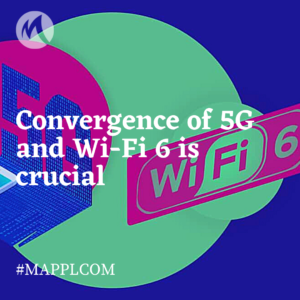Why are vendors worried with vRAN-based solution? What are the main threats and are there any ways to overcome its problems?

Expected to be highly beneficial for almost groups of customers and providers vRAN technology service comes out to be too “hot” to handle – experts have to state. The major concern for consumers is efficiency in terms of relation between price and value compared to the previous generation traditional systems. Now the main field of discussions is what to implement to achieve higher performance and make a step forward to economies of scale which can make the financial burden for customers not so strong.
Brief reminder: vRAN, which stands for Virtualized Radio Access Network, is the next stage in the evolution process of mobile networks, being anticipated to intelligently and digitally-based boost capacities, was promising to dramatically reduce costs of services and enhance customer experience. Moreover, it was initially stated to also provide the flexible and dynamic scalability which is just vital to support future services and secure technological applications. The vRAN architecture goes beyond the latest iterations of centralized RAN (or so-called C-RAN) by setting virtualized baseband functions on commodity server facilities hardware, based on the principles of Network Functions Virtualization (NFV). Among other crucial benefits of vRAN the most noticeable ones are the following: software defined networking (SDN), agnostic and modular platform due to air interface potential of 5G networks and more environmental-friendly approach with reduced footprint through elimination of RRH (remote radio heads) on the base facilities.
Even though the pros of vRAN application for providers seem to be evident to most dominant players in the markets, the main aspects do not seem to be completely revealed for customers: what are the main benefits from their perspective and why should they shift to the new-era solution when it doesn’t really support them with cost-benefits or higher affordability? These questions still represent major areas for future research and the pressure is on communications service providers to not only keep up with capacity demands and launch differentiated offerings in a highly competitive mobile services market, but to also justificate the usage of vRAN solutions.

